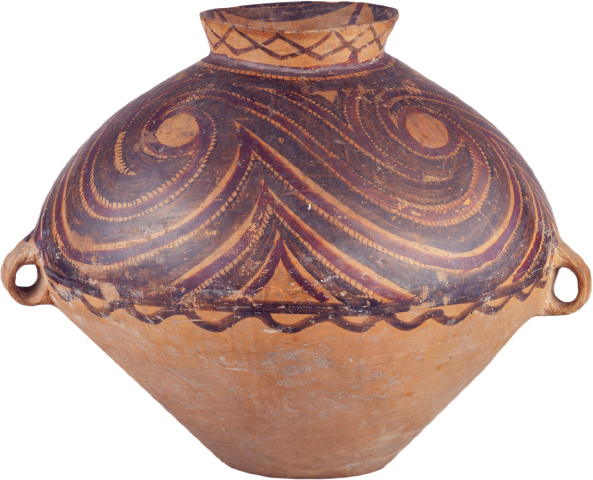How did plant and animal domestication develop, and what effects did it have on human society?

FFORAGING REMAINED THE BASIC WAY OF LIFE for most of human history. In a few especially fertile areas, however, the natural environment provided enough food that people could become more settled. As they remained in one place, they began to plant seeds as well as gather wild crops, to raise certain animals instead of hunting them, and to selectively breed both plants and animals to make them more useful to humans. This seemingly small alteration was the most important change in human history; because of its impact it is often termed the Agricultural Revolution. Plant and animal domestication marked the transition from the Paleolithic to the Neolithic. It allowed the human population to grow far more quickly than did foraging, but it also required more labor, which became increasingly specialized.